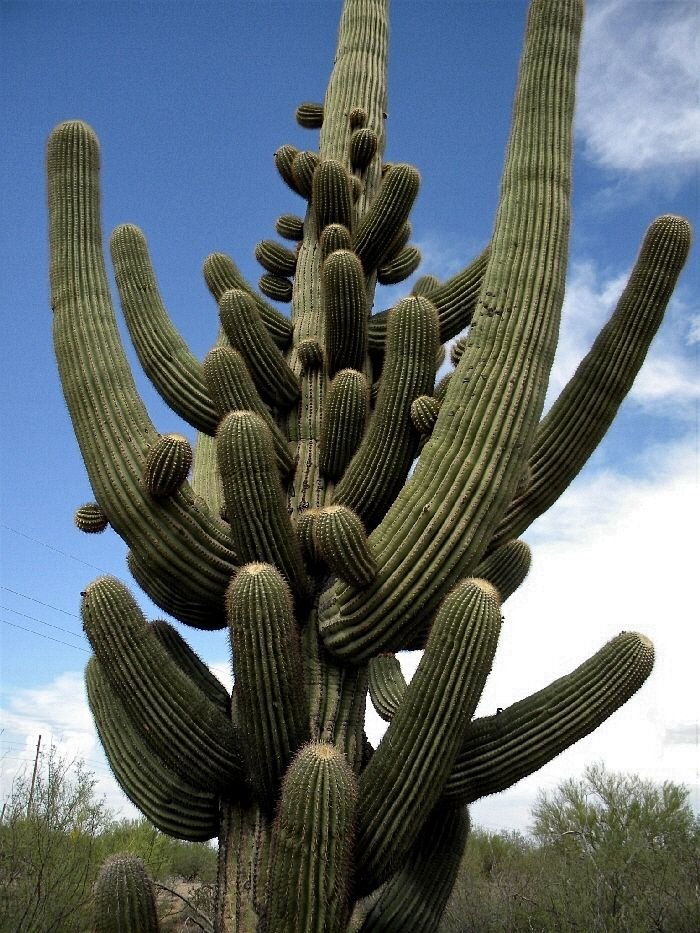Discover the types of cactus plants that can transform your garden into a desert oasis. From the majestic Saguaro with its towering presence to the charming Bunny Ear Cactus, each species brings unique shapes and colors. Explore the beauty and resilience of these low-maintenance wonders in your own backyard!
1. Totem Pole Cactus (Pachycereus schottii monstrosus)
The Totem Pole Cactus (Pachycereus schottii monstrosus) is a unique, columnar cactus known for its knobby, totem pole-like appearance. This fascinating plant thrives in xeriscaping and is ideal for full sun areas, making it a perfect choice for desert-themed gardens. Its distinctive structure, combined with its low water requirements, allows it to flourish in well-draining, sandy or rocky soil. With minimal maintenance, the Totem Pole Cactus can add a striking vertical element to any landscape, contributing both aesthetic appeal and practicality to sun-drenched outdoor spaces.
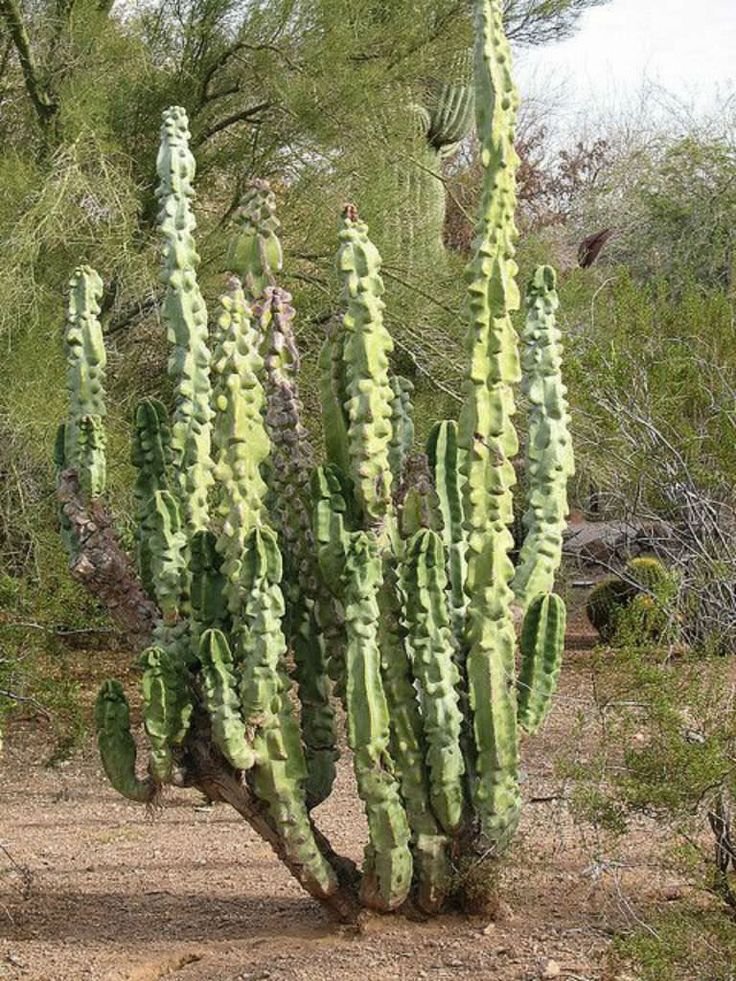
2. Mammillaria Cactus (Mammillaria spp.)
The Mammillaria Cactus (Mammillaria spp.) is a small, round cactus characterized by its numerous spines and often produces small, pink flowers that form a charming ring around the top. This cactus species is popular for its compact size and appealing floral display, making it an excellent choice for both indoor and outdoor gardens. Its manageable size and eye-catching appearance make it a favorite among cactus enthusiasts and xeriscaping projects. Adaptable to a variety of growing conditions, the Mammillaria Cactus thrives in well-draining soil and requires minimal watering, embodying the resilience and beauty of desert plants.
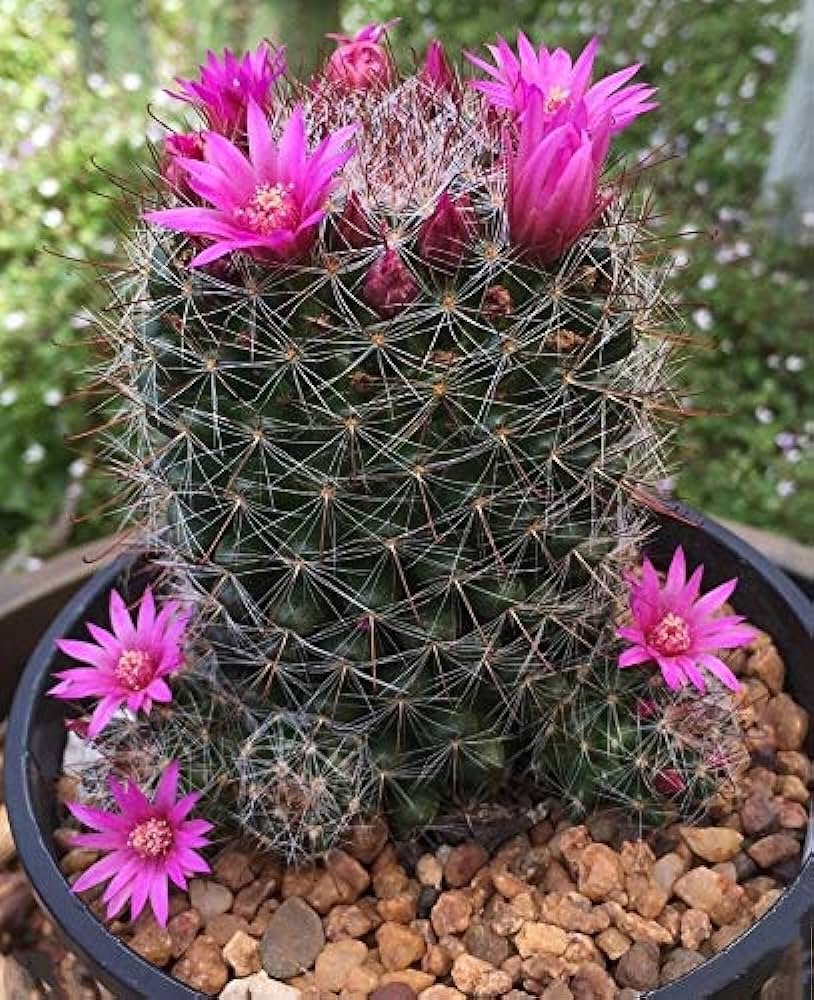
3. Fairy Castle Cactus (Acanthocereus tetragonus)
The Fairy Castle Cactus (Acanthocereus tetragonus) is a multi-stemmed cactus that resembles the turrets of a castle. Its intricate structure, featuring numerous vertical stems of varying heights, makes it a whimsical and eye-catching addition to any plant collection. This cactus is perfect for indoor gardening and thrives in containers, allowing it to be showcased in a variety of indoor settings. Its low maintenance needs and unique appearance make the Fairy Castle Cactus an ideal choice for adding a touch of greenery and architectural interest to your home.
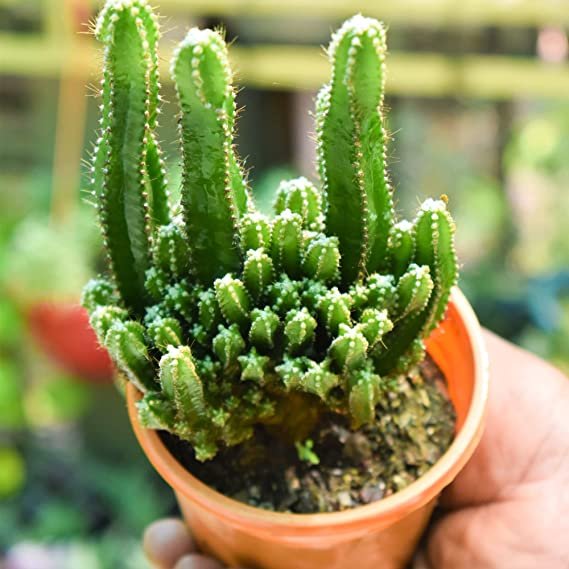
4. Cholla Cactus (Cylindropuntia spp.)
The Cholla Cactus (Cylindropuntia spp.) is distinguished by its cylindrical stems and jointed segments, which give it a distinctive and striking appearance. This cactus thrives in full sun and requires well-drained soil to prevent root rot and ensure healthy growth. Its unique structure and resilience make it a notable addition to xeriscapes and desert-themed gardens, where it can withstand harsh conditions and add a bold, textural element to the landscape.
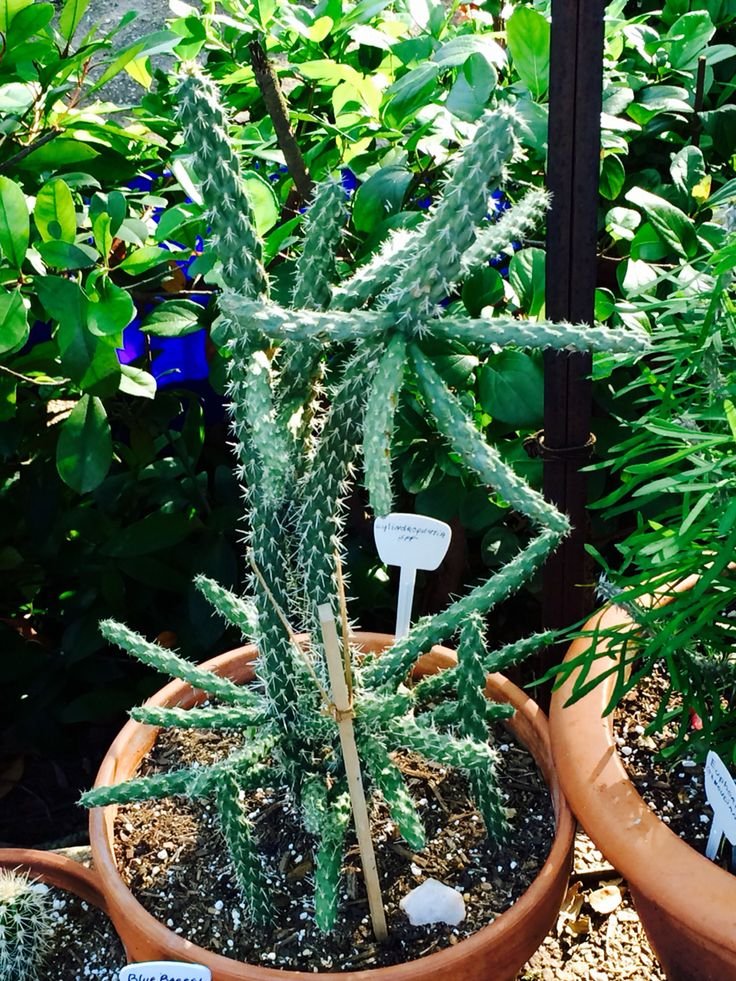
5. Star Cactus (Astrophytum asterias)
The Star Cactus (Astrophytum asterias) is a small, star-shaped cactus known for its distinctive ribbing and compact, symmetrical form. This charming cactus is particularly suitable for container gardening and indoor spaces. Where its unique shape and minimal care requirements make it an appealing choice for both novice and experienced plant enthusiasts. Its distinctive appearance adds a touch of geometric elegance to any collection.
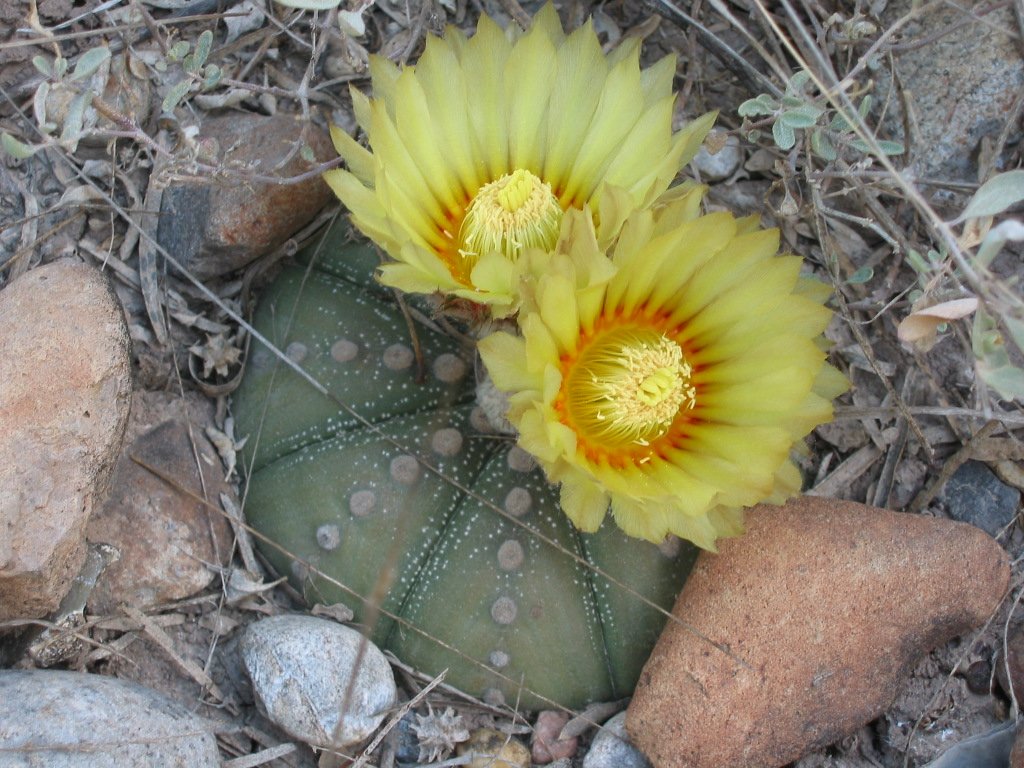
6. Old Man Cactus (Cephalocereus senilis)
The Old Man Cactus (Cephalocereus senilis) is a tall cactus notable for its covering of long, white, hair-like spines. It gives the plant a distinctive and whimsical appearance. This cactus thrives in bright light and requires minimal water, making it well-suited for sunny indoor spots or outdoor xeriscaping. Its unique, hairy look adds a touch of character and intrigue to any plant collection.
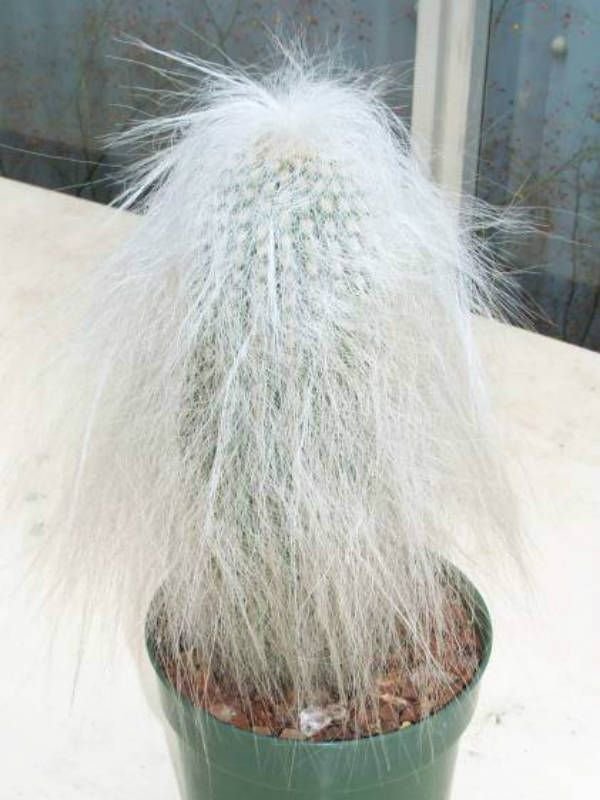
7. Hedgehog Cactus (Echinocereus spp.)
The Hedgehog Cactus (Echinocereus spp.) is a small, cylindrical cactus that forms attractive clumps. It is particularly renowned for producing colorful, large flowers that add a vibrant display to any garden or container. This cactus thrives in well-drained soil and full sun, making it ideal for xeriscaping and rock gardens. Its compact size, coupled with its stunning floral display, makes the Hedgehog Cactus a delightful and eye-catching.
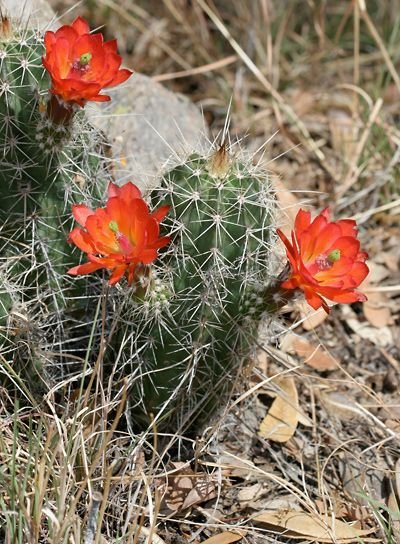
8. Golden Barrel Cactus (Echinocactus grusonii)
The Golden Barrel Cactus (Echinocactus grusonii) is a globular cactus known for its striking golden spines. Which give it a distinctive appearance. This cactus is ideal for rock gardens and containers due to its compact size and slow growth rate. It thrives in full sun and well-drained soil, making it well-suited for xeriscaping projects. The Golden Barrel Cactus is a low-maintenance plant that adds a touch of desert beauty.

9. Christmas Cactus (Schlumbergera spp.)
The Christmas Cactus (Schlumbergera spp.) is a popular cactus known for its segmented stems and vibrant. Often brightly colored flowers that bloom around the winter holiday season. Unlike many other cacti, the Christmas Cactus prefers indirect light and requires more water, particularly during its blooming period. It is native to the rainforests of Brazil, which explains its need for more moisture compared to desert cacti.

10. Saguaro Cactus (Carnegiea gigantea)
The Saguaro Cactus (Carnegiea gigantea) is an iconic symbol of the American Southwest. It is known for its tall stature and arm-like branches. It is a large cactus that can grow up to 40-60 feet tall in its native desert habitat. Here are some key characteristics and care tips for the Saguaro Cactus. The Saguaro Cactus is a slow-growing, long-lived plant that can live for over 150-200 years. It is a stunning addition to desert landscapes and is often celebrated for its impressive size and unique appearance.
